Directed by Ronit Izraeli
INTERACTION LAB VISUAL COMMUNICATION UNIVERSITY OF HAIFA SCHOOL OF DESIGN
09_MAY_MISHALY+NOAM_KATZENELBOGEN
INTERACTION LAB VISUAL COMMUNICATION UNIVERSITY OF HAIFA SCHOOL OF DESIGN
Capacitive touch sensors enable interaction with technological devices through touch and operate based on changes in the electric field when a finger or object approaches or touches the surface. They are commonly used in a wide range of devices, such as smartphones, tablets, and more.
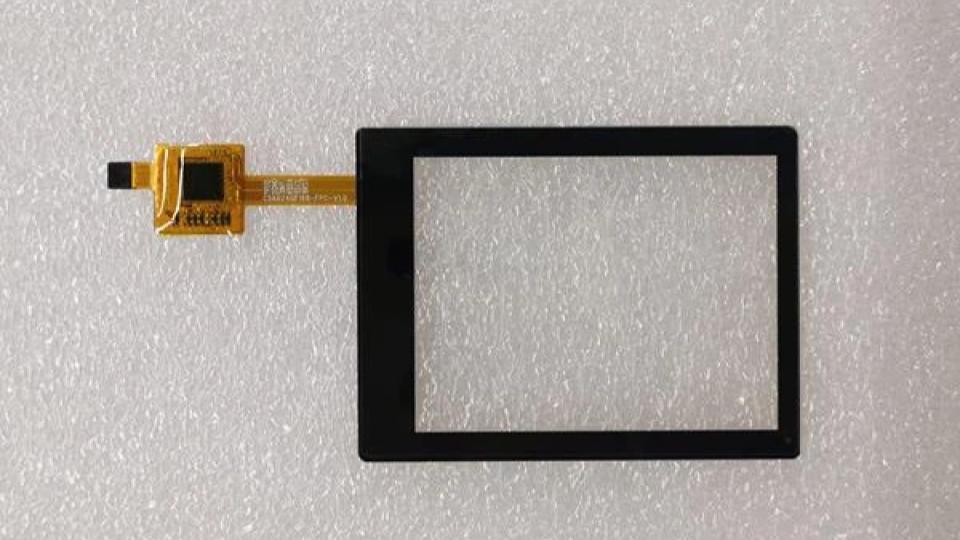
The design includes a metallic grid (usually ITO) in a diamond pattern for accurate touch detection, and can be applied to glass (durable and transparent) or PET film (lightweight and more cost-effective).
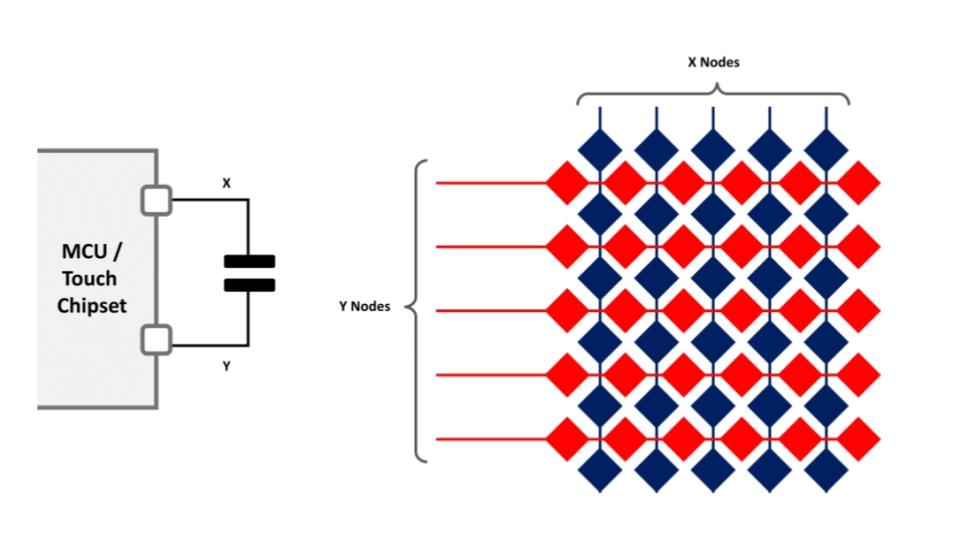
The diamond pattern in the sensor represents two layers: the drive layer (X) and the sense layer (Y). This design enables precise touch detection, including input from fingers, thick gloves, and fine-tipped styluses, while supporting both self-capacitance and mutual-capacitance measurements.
The diamond shape is a visual representation; actual sensor patterns may vary (e.g., squares, lines, or complex designs) based on electrical efficiency and manufacturing needs. Diamonds offer good X-Y layer overlap, improving touch sensitivity.

The diagram is an enlarged and simplified visual representation. In reality, the sensors are extremely thin, transparent, and invisible to the eye, typically made of Indium Tin Oxide (ITO), and their actual structure is much smaller than shown.
Ask ChatGPT
The colors in the diagram (red and blue) are for illustration only; in reality, all layers are transparent and made of ITO, with red representing the Drive layer and blue representing the Sense layer.
Ask ChatGPT
Key advantages:
-
High touch detection accuracy
-
Ability to detect touch through gloves
-
Reasonable cost
-
Customizable for specific needs and applications
Grid Structure:
The sensor consists of a diamond grid divided into two layers:
-
X layer (red) - drive layer
-
Y layer (blue) - sense layer
Electric Field Generation:
Each diamond creates a small electric field.
When there is no touch, these electric fields remain stable.
bibliography
https://www.elektormagazine.com/articles/how-do-capacitive-touch-sensors-work
https://www.usmicroproducts.com/blog/capacitive-touch-sensor-designs-substrates-and-stack-ups
https://www.youtube.com/watch?v=cFvh7qM6LdA
https://www.youtube.com/watch?v=A476Fqnu3bg
https://www.sciencedirect.com/science/article/abs/pii/S0924424717305320

Hover over
Click a diamond
Click the screen
Click a diamond
Drag a diamond
Hover over
Drag The iamonds into each other
Hover over
Click the screen
Hover over
Principles emerging from the project: touch, playfulness, and satisfaction.

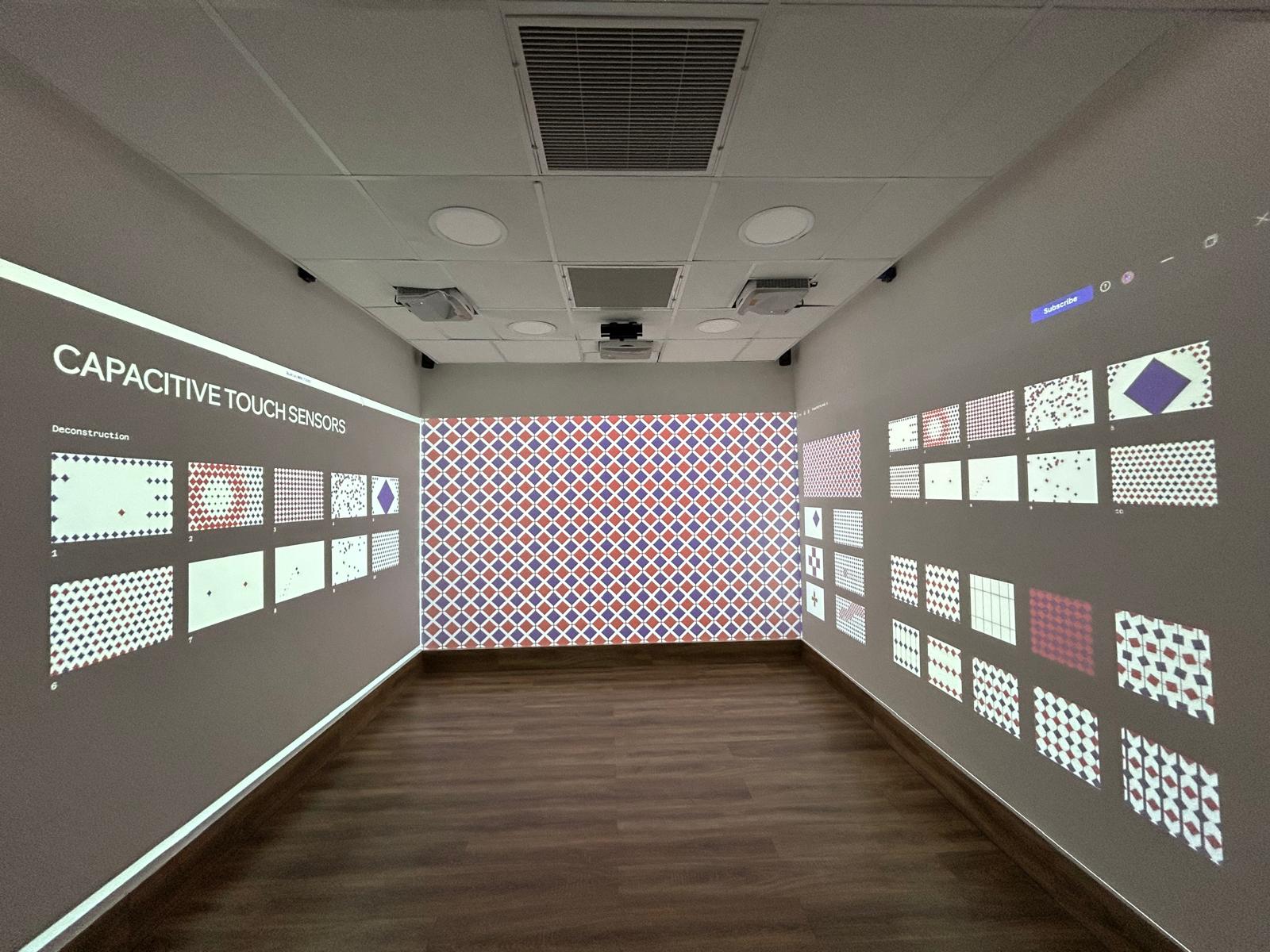
Bacteria are microscopic single-celled organisms with a relatively simple structure, yet they possess a high ability to adapt to changing environments. The visual characteristics of bacterial colonies—such as color, texture, size, and shape-vary depending on environmental conditions, the genetic makeup of the bacteria, and their physiological responses.
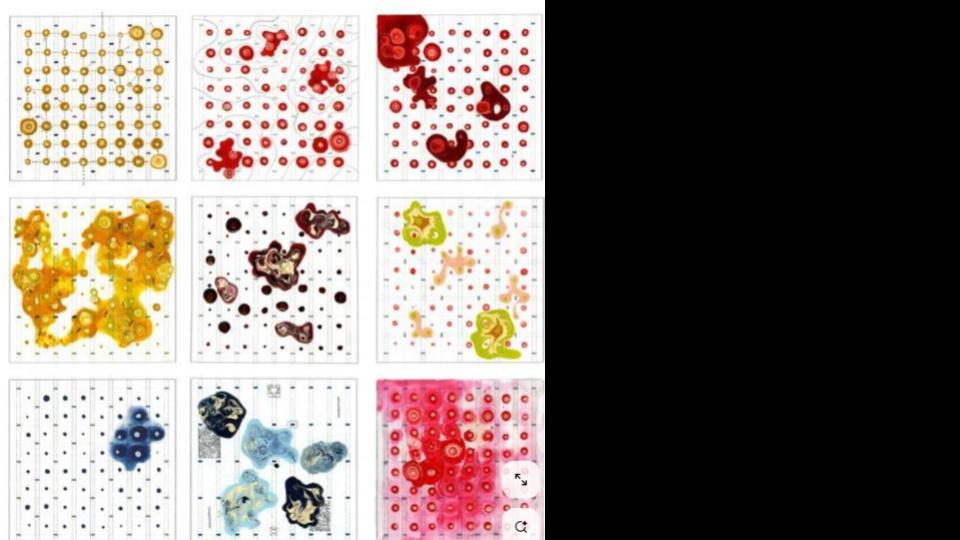
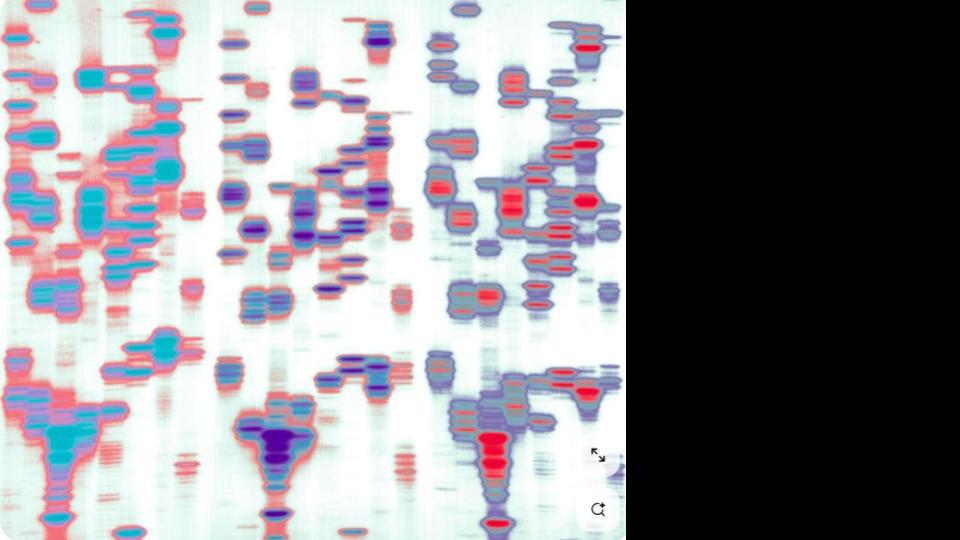
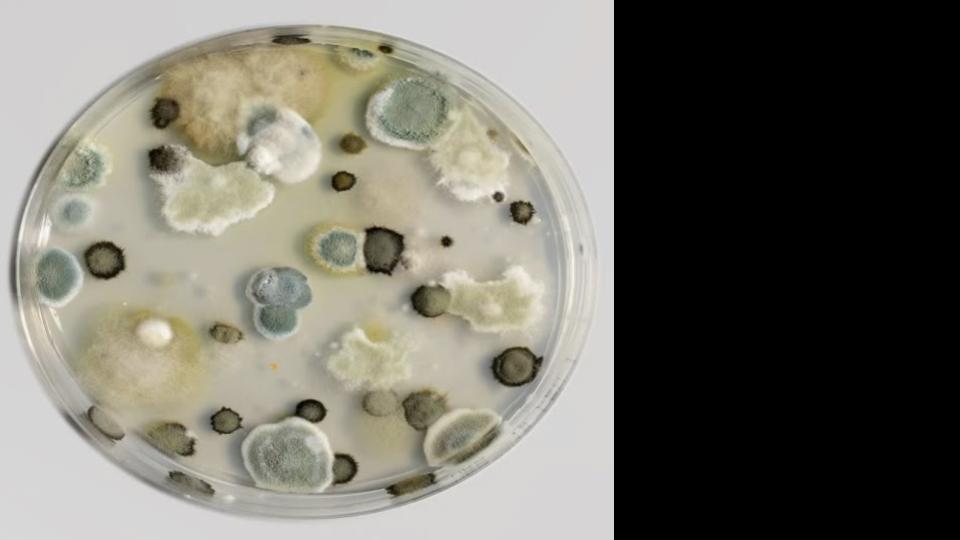
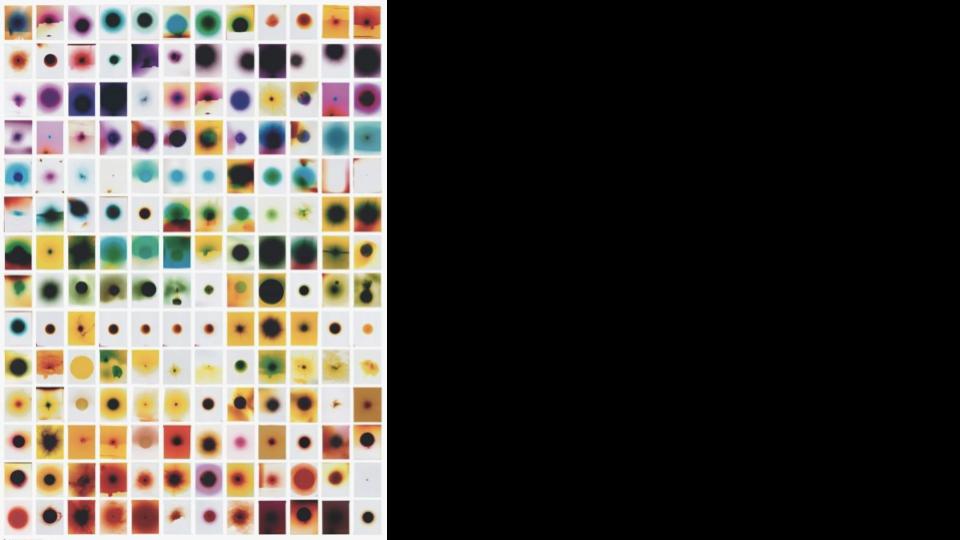
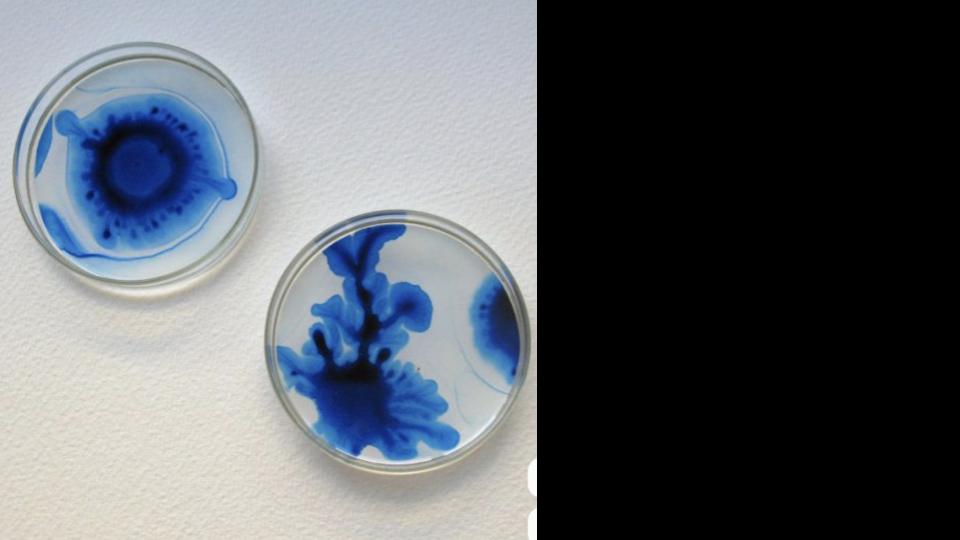
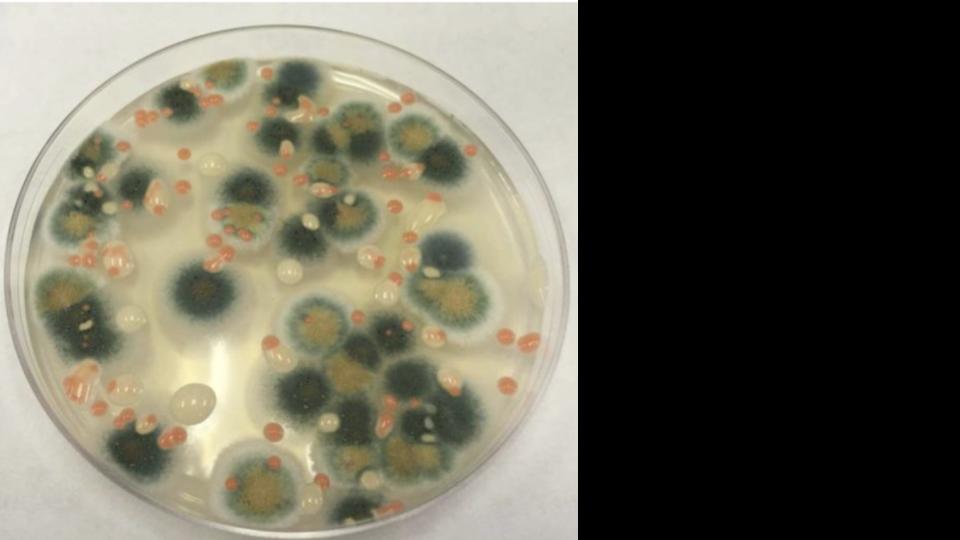
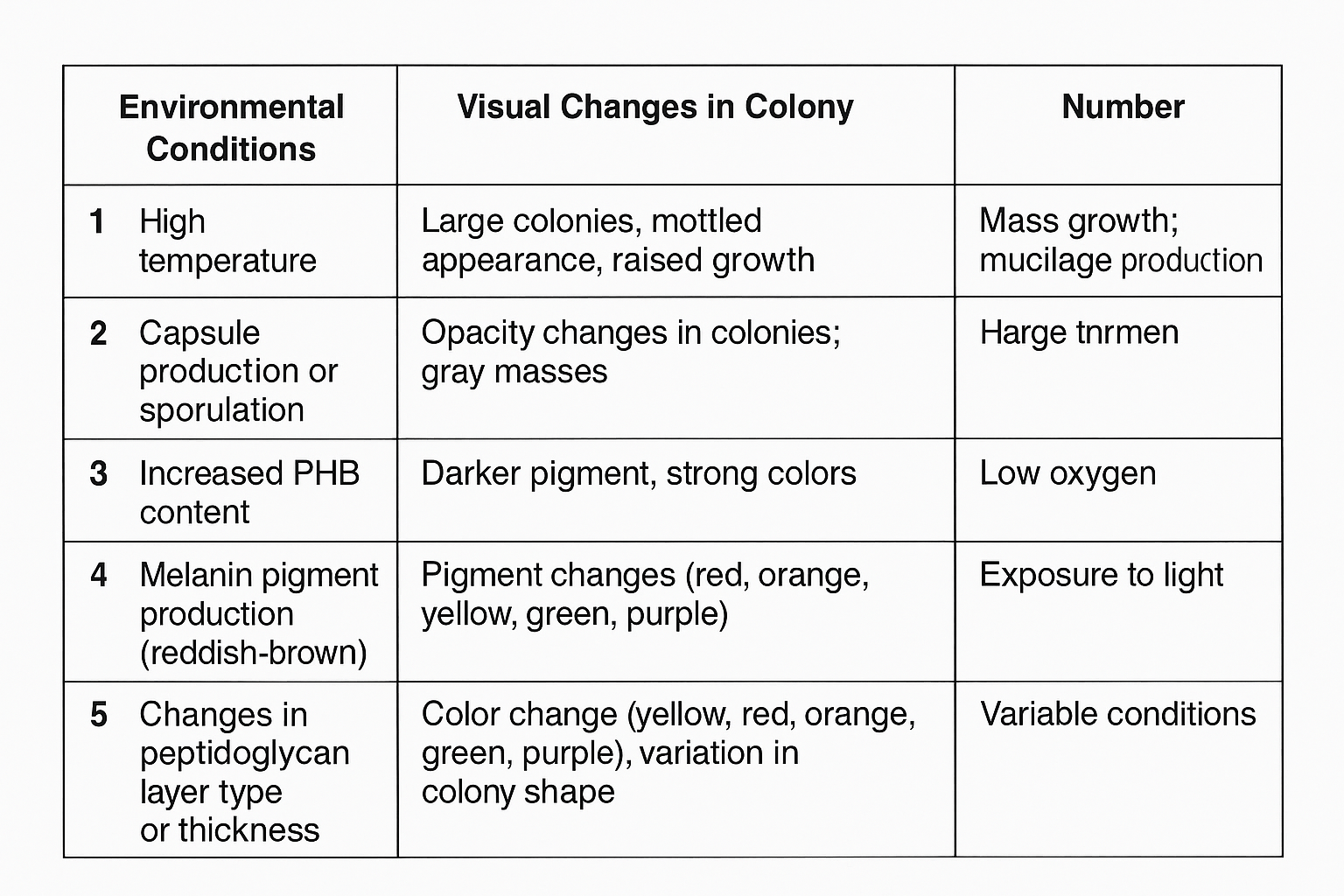

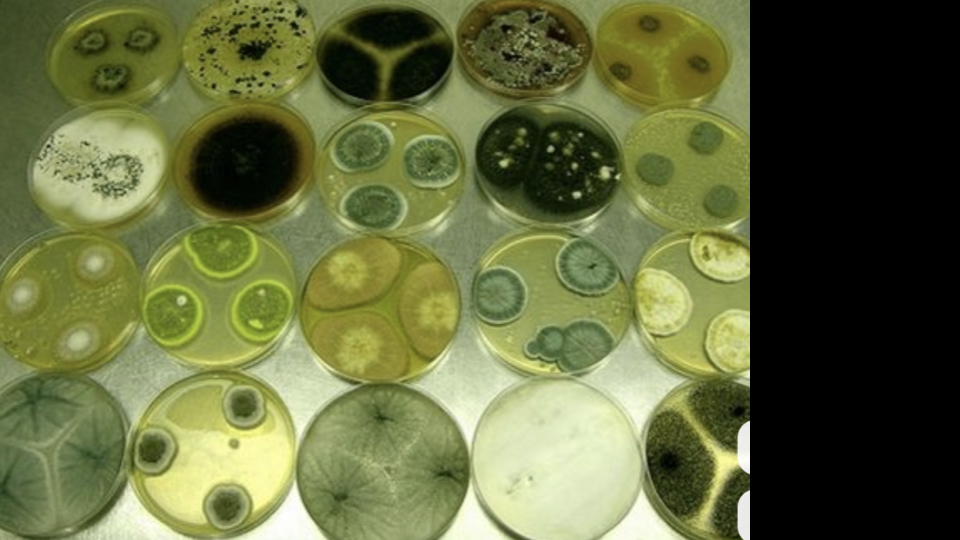
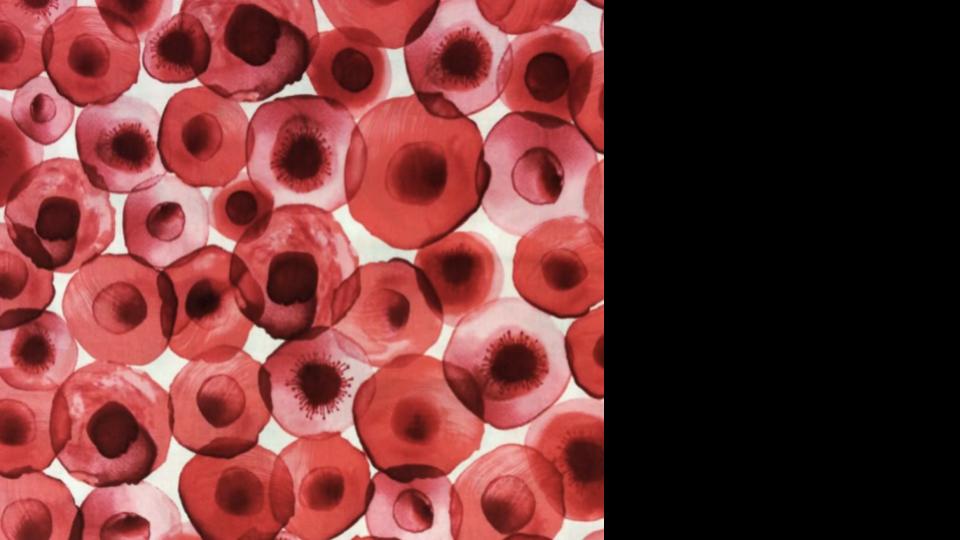
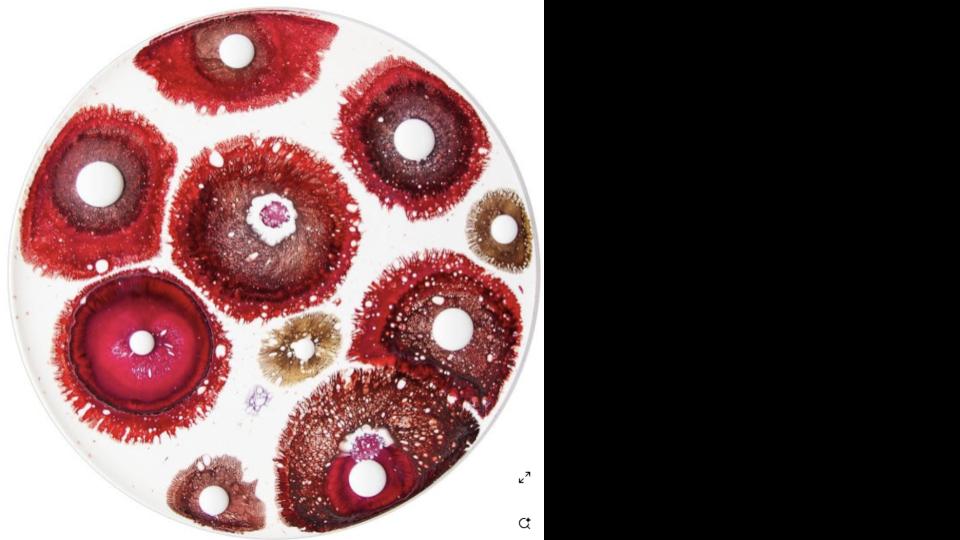
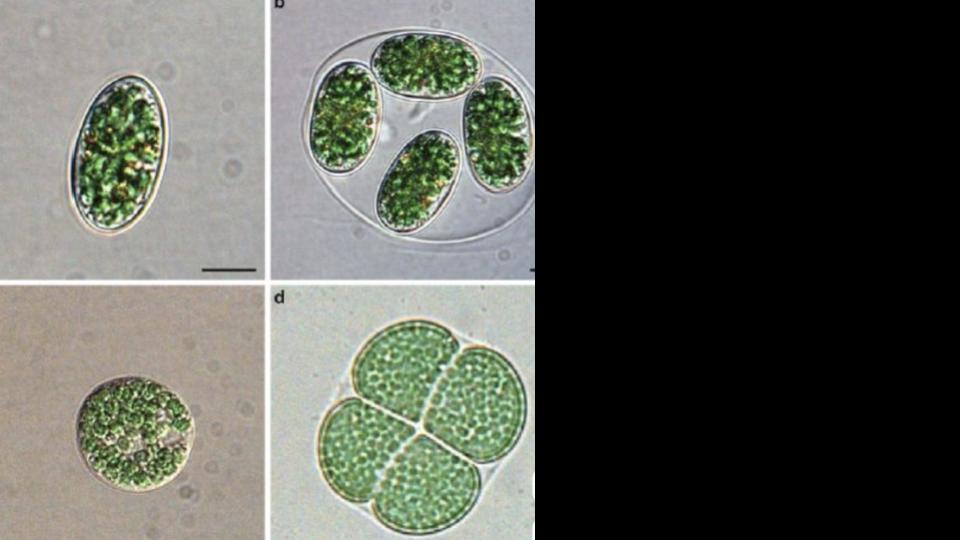
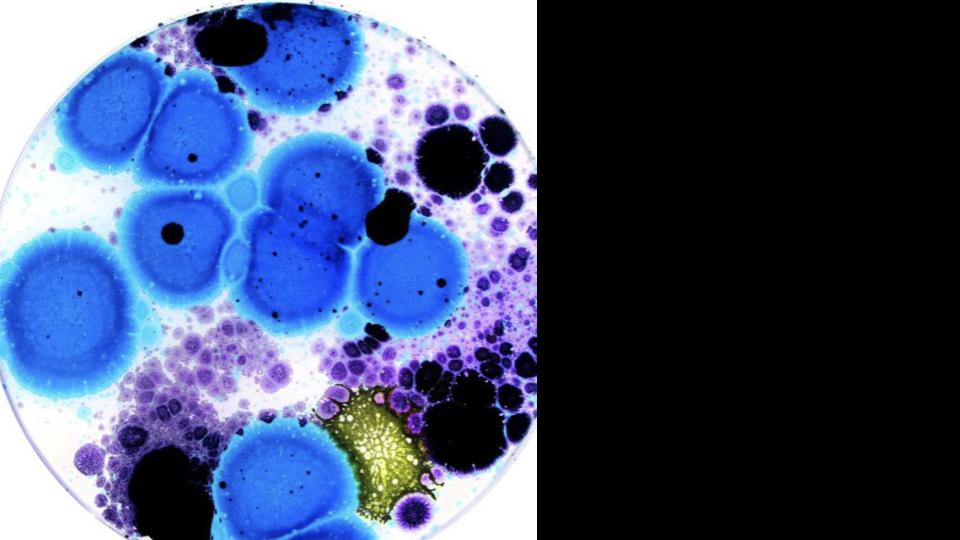

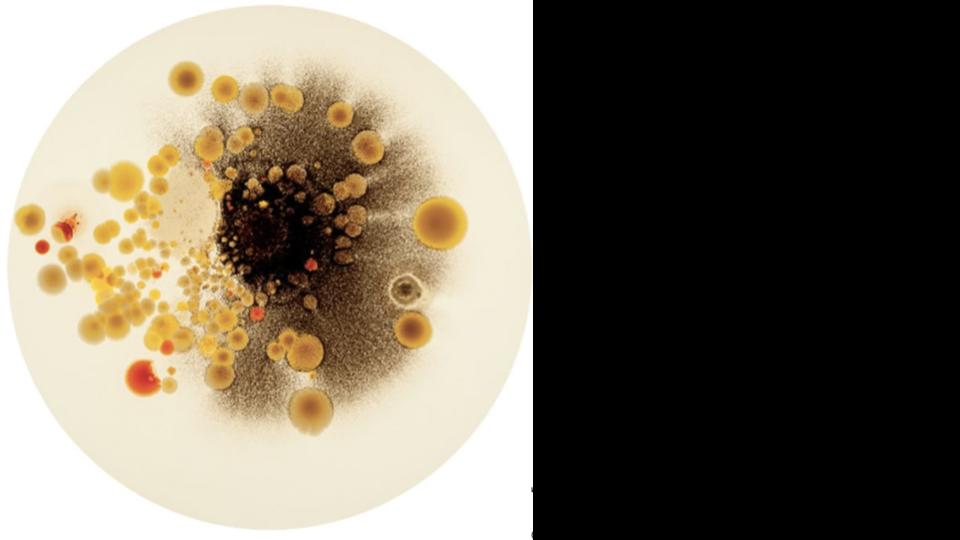

Bioluminescence is a phenomenon in which living organisms naturally produce light.
It serves as a means of communication among marine creatures in the deep sea.
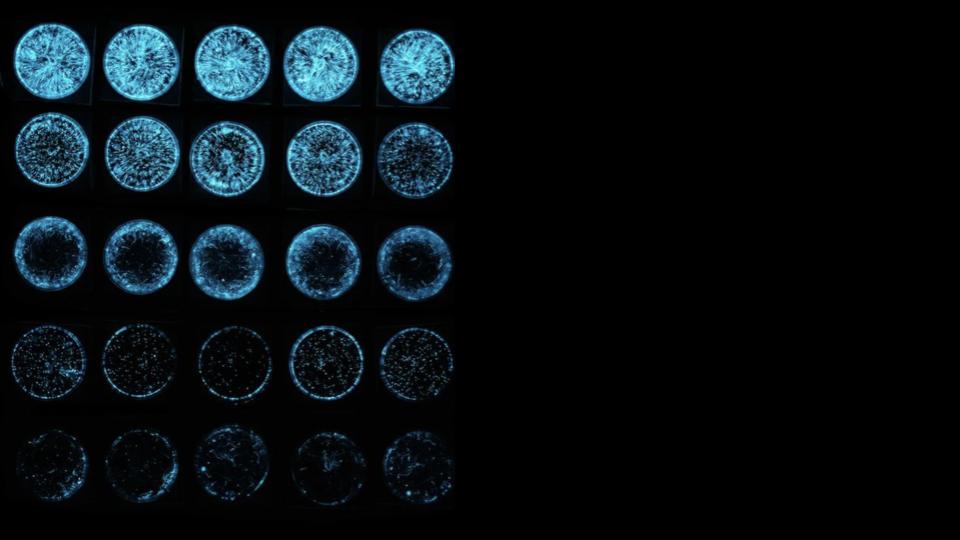
Bioluminescence patterns change significantly in response to various environmental and physiological conditions.
These visual changes in luminescent patterns are expressed through variations in intensity, duration, frequency, color, and the community composition of the emitted light.
Bioluminescence patterns vary significantly according to different environmental and physiological conditions.
The visual changes in light patterns are reflected in the intensity, duration, frequency, color, and community composition of the emitted light.

Bioluminescence is produced through a chemical reaction between a pigment (luciferin) and an enzyme (luciferase), sometimes in the presence of ATP, resulting in the emission of light.
In nature, various organisms (such as fish, squids, bacteria, and insects) use this ability to create diverse light patterns-flashes, stripes, dots, color changes, and more—for purposes such as defense, communication, attracting prey, or finding mates.
Bioluminescence is most often blue-green, likely because the shorter wavelengths of blue and green light travel farther through water in the ocean.
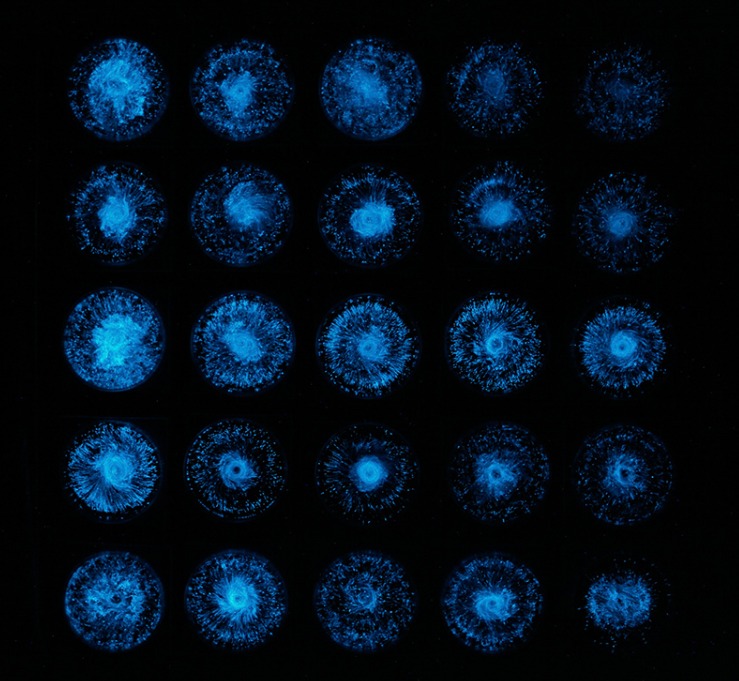
Project on the Subject of Bioluminescence:
https://www.designboom.com/design/zoe-breed-bioluminescent-algae-bio-pixels-living-light-show-alight-10-30-2023/
We began the project with a simple code that simulates the phenomenon of bioluminescence when the mouse is moved over the screen.
After that, we created an interactive interface using code and artificial intelligence.
The interface interprets the user's emotions through their touches on the screen and translates them into a visual representation inspired by the phenomenon of bioluminescence.

A demonstration video of the display screen connected to the interface.

The emotional patterns we created

Finally, we simplified the interface and created a display screen that shows exactly the movements users make during the test in the app.